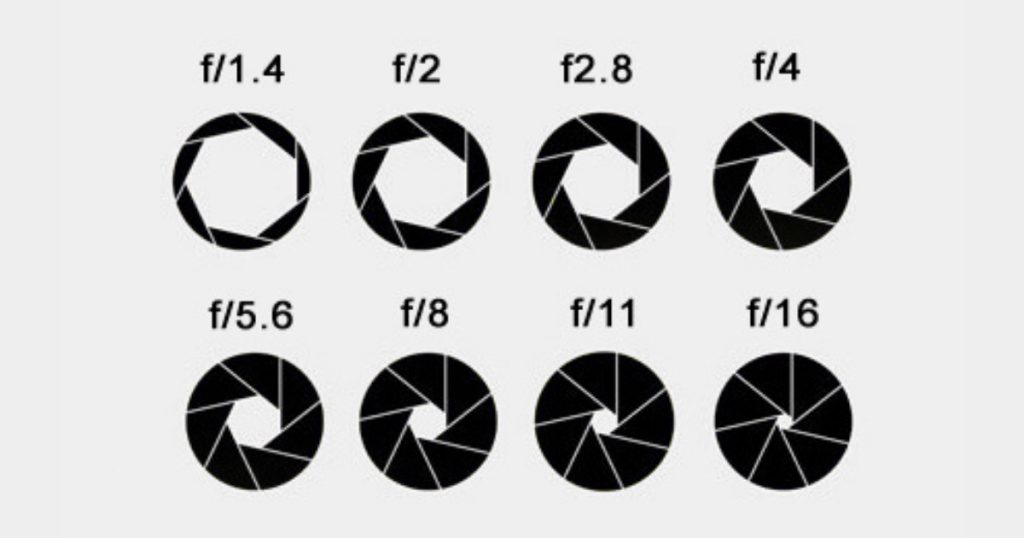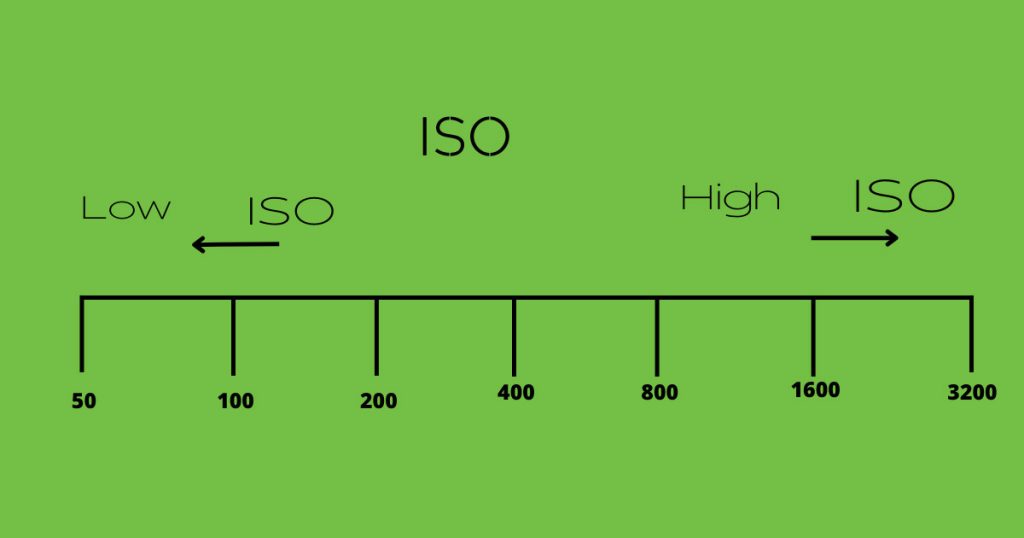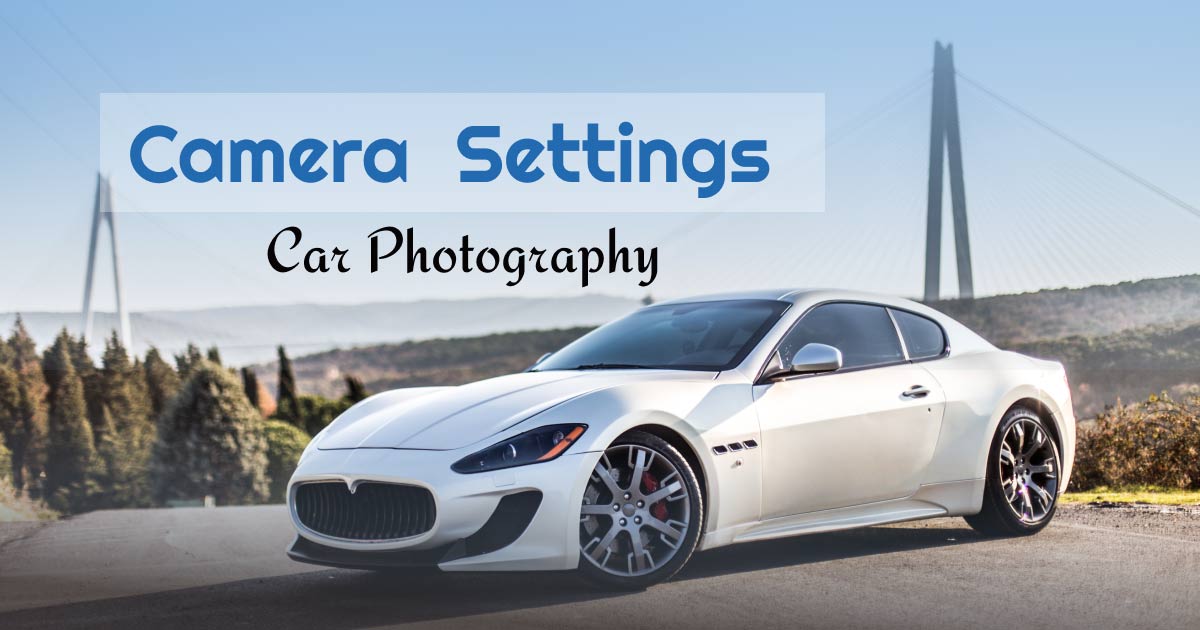Cars are a fascinating object for most people. Car photography is related to both the passion and profession of numerous individuals. But car photography is challenging in many aspects.
As car photography requires specific ISO, Aperture, Shutter speed, Focal length, and other settings depending on the surroundings of the car, most people think about questions like what should be the best shutter speed is for race cars or the night car photography settings. Some may have confusion about the moving car photography setting, the ideal aperture for car photography, and so on.
The best 11 camera settings for car photography are – Aperture, ISO, Shutter Speed, Focal Length, White Balance, Exposure Mode, Focus Mode, Drive Modes, File Format, Color Space, and Image Stabilization.
What you’ll learn in this article
The 11 Best Camera Settings for Car Photography
The camera settings for car photography depend on certain factors such as light exposure, movement status, position, environment, and other factors. To get professional-looking shots, you have to maintain some specific camera settings. To make things easier, try to maintain the following recommendations while taking your shots and ensure the best camera setup for car photography.
1. Aperture

The opening of a lens’s shutter through which light flows is referred to as the aperture. The role of the aperture is to create the depth field and build the sharpness of the photographs from the foreground to the background with the help of light that enters. The range of the best aperture for car photography is-
- Daylight: f/10 – f/16
- Race course: f/11 – f/32
- Stable car: f/4 – f/11
- Advertisement: f/4.5 – f/7.1
- Macro shots: f/5.6 – f/11
- Interior of cars: f/2.4 – f/5
- Night light: f/8 – f/16
Tip: For night car photography settings, start with f/11. If your photographs become too dark, reduce the aperture to f/8, and if too much light is captured, then adjust to f/16.
2. ISO

ISO refers to the light sensitivity of the camera’s digital sensor or film. The ISO is adjusted to reduce noise and make the pixels smooth in the photographs. The range of ISOs for different situations is-
- Daylight: 100 – 200
- Race course: 100 – 400
- Stable car: 100 – 200
- Night light: 100 – 200
- Advertisement: 50 – 400
- Macro shots: 100 – 800
- Interior of cars: 400 – 1600
3. Shutter Speed

Shutter speed is the closing speed of the shutter of the camera. It decides the amount of light that will be captured by the camera. The longer time the shutter takes to close, the more light exposure the photographs will get. So, in a darker setting, the shutter speed should be as low as possible. The range of shutter speed for car photography should be maintained in a different atmosphere.
- Daylight: 1/500 – 1/1000
- Race course: 1/200 – 1/800
- Stable car: 1/500 – 1/1000
- Night Light: 30 – 60 seconds
- Advertisement: 1/125 – 1/250
- Macro shots: 1/100 or faster
- Interior of cars: 1/60 – 1/120
What Shutter Speed Should You Use for Car Photography?
If you are shooting a still car, then keep the shutter speed within 1/25 – 1/100, and if the car is in motion, then adjust it to 1/125 or faster.
4. Focal Length
The zooming ability is controlled by the focal length. The angle at which the photos are to be captured is adjusted through the focal length. The lower the focal length, the wider the angle of view will be, with less detailing and magnification. The range of focal lengths that should be considered-
- Daylight: 70 – 200mm
- Race Course: Maximum 28mm
- Stable car: 85 – 105mm
- Night Light: 16 – 35mm
- Advertisement: 50 – 100mm
- Macro shots: 50 – 180mm
- Interior of cars: 50 – 100mm
5. White Balance
White balance means balancing the color to match the object and the light source. Hence, its function is to regulate the color temperature to make the white object look white. White balance depends on what time of day you are shooting and what light conditions you are experiencing at that particular time.
Cameras are made in a way that if you keep the white balance in auto, then it will capture the color almost exactly as you are experiencing it. But if you notice that the colors are not captured perfectly, then you can experiment a bit with the adjustment.
6. Exposure Mode
Exposure mode is relevant to the metering mode of the camera setting. The three specific features of the camera’s ISO, Aperture, and Shutter speed control the light exposure within the camera. And the metric mode evaluates the amount of light that should be distributed throughout the photograph.
Digital cameras have a built-in exposure mode that can sense the lighting of the environment and adjust the settings automatically. Depending on whether you want to capture overexposed or underexposed photographs, you can adjust the light metering values in your camera setting.
How Does the Exposure Triangle Work?
The exposure triangle contains ISO, Shutter speed, and Aperture. These three features work together to control the amount of light that enters the light-sensitive surface of the camera.
7. Focus Mode
Focus modes ensure whether the camera continues to set the focus or locks focus after pressing the focus button. There are two focus modes one is Single Autofocus Mode, and the other one is Continuous Autofocus Mode.
The Single Autofocus Mode locks the focused object, and if by any chance the position of the camera changes, it doesn’t create any effect on the selected focus. Besides, in the Continuous Autofocus Mode, once the camera focuses on an object, it keeps tracking it despite the movement of the object within the frame.
Therefore, single autofocus is the best mode for static car photography. Whereas, continuous autofocus mode is the best camera setting for moving cars.
8. Drive Modes
The frequency of the shooting is determined through the Drive mode. This has 4 different types of settings. In Single Shot Mode, only one photo will be captured upon pressing the shutter.
The Burst Mode is the best camera setting for car racing photography. Upon pressing the shutter, multiple images will be captured automatically. You can customize the number of photographs to be captured according to your preference.
Besides, for Tripod use, you can set a timer and delay the shutter speed for 3 to 5 seconds using the Shutter Delay Mode. It is useful for long exposure shots, night photography, and self-portraits. Also, you can use Mirror Lock-Up Mode if your shutter speed is 1/60 seconds.
9. File Format
Photographs are always recommended to keep the RAW while shooting. Since Raw photographs carry more information, it is easy to bring out the best colors in the editing process from the Raw files. To make the best use of your memory space, use the uncompressed Raw file setting. It will sustain the quality of your photographs.
However, if you are certain that using compressed Raw file settings will not compromise the quality of your photograph, then you can use that as well. Also, if you don’t want the hassle related to editing the photographs, then you can capture them in Raw + JPEG mode. But it will occupy more space on your SD card.
10. Color Space
Color space can be adjusted during the editing process in the Raw photographs. So, it is not a matter of concern while adjusting the camera settings. Yet, for the sake of knowledge, the camera settings related to color space are Adobe RGB and sRGB.
AdobeRGB has a wide range of colors, but unfortunately, not all the colors are supported on many websites and devices. So, it can’t be utilized properly. However, sRGB is the most popular one and is used widely. So, if you have confusion regarding the support of the device or the websites, then you can work with sRGB for the best color space experience.
11. Image Stabilization
Image stabilization is important to avoid having blurry photographs. When you shoot holding the camera in your hand with a comparatively low shutter speed, there is a chance of making the photographs blurry.
So, in case of holding the camera for car photography, make sure to turn on the image stabilization setting. But if you are shooting using a tripod, then keep the setting off as there is no chance of the camera’s displacement from its position.
Also Read: What is the Best Canon Lens for Car Photography?
6 Pro Tips to Help You Master Car Photography
Apart from knowing the camera settings for car photography, you should know the following tips to take your photographs to a professional level.
1. Use the Bokeh Effect
Elements in the background can create a distraction in the image. To neutralize the distraction, you can use the Bokeh effect to blur the background. For this, set the aperture below f/4, i.e., f/2.8, to make it as wide as possible. You can also take closer shots or make the focal length longer to increase the depth of the field.
2. Pair a Wide-Angle Lens
Using a pair of Wide-Angle lenses is useful for capturing larger areas in the case of car photography. The Wide-Angle lens will use a shorter focal length, which will give you ample space to include more information from the surroundings.
3. Shoot the Car at Different Angles and Positions
Shooting from different angles and positions will make your photographs extraordinary. To experiment with the angles and position, you can shoot from the air using drones. From the air, you will get amazing angles to make the photographs more amazing. To get the perfect shots of a moving car, using drones or another vehicle is the best option. While using another car, ensure your safety first.
4. Panning for Motion Blur
If you want to capture the speed of the car in your photographs, panning is the best option. For panning, you have to set the camera in a Tripod and lower the shutter speed to 1/60. If required, you can adjust the speed a little bit. So, when the camera captures the image, the car will comparatively stand still while the background will be in motion.
5. Beware of Reflections
Reflection is the most important factor in ruining a photograph. Having a shiny body and light sources from different angles makes avoiding reflection a challenge. The ideal balance between ISO and shutter speed will help a lot to control reflections. Accessories like polarizers and cameras having attached light meters can also be used to control the reflection.
6. Composition
Image composition depends on the creativity of the automotive photographer. Making the photograph outstanding or poor depends on placing the elements inside the frame in proper positions. So, you have to experiment with your selected frame, light exposure, and surrounding elements to take the best shot.
What are Megapixels?
Megapixels are small square pieces of information that combine to form your image and show the details of the image. Generally, 1 megapixel is 1 million pixels. If the resolution of your camera is 16 megapixels, then the captured image will have 16 million small square pieces of information in every inch.
Which Manual Settings are Best When Shooting Outside?
For shooting outside, manually, the white balance can be set to 5000 in daylight. For warmer tones, you can increase it to 5860. Also, keep ISO 100 if the weather is sunny. For gloomy or darker weather, it can be increased to 1600. Keep the aperture around f/4 – f/5.6.
Which Cameras are the Best for Car Photography?
Cameras from numerous brands and models are available in the market, which can put you in a dilemma in choosing the best camera for car photography. The following list may come to your help in case of choosing the best camera according to your preference.
For beginners:
- Canon EOS Rebel- T6
- Sony Alpha 6000
Budget-Friendly:
- Nikon D3500
- Canon EOS 80D
- Canon EOS RP
For Sports or Race:
- Nikon D850
- Sony Alpha 7S III
Mirrorless: FUJIFILM X-T4
If you are looking for a specific brand, then you can go for
- Nikon: Nikon Z 6 II
- Canon: Canon EOS R6,
- Sony: Sony Alpha 7 III
Apart from the camera, you need to keep some accessories as well, such as –
- Tripod: For a better grip
- More than one Lens
- Polarizer: To control reflections and enhance the color
- Speedlite: For additional light in the low-light setting
- Wireless Flash Triggers: To use Speedlite with ease
- Soft Box: To soften the light
- Extra battery and memory cards in case of emergency.

